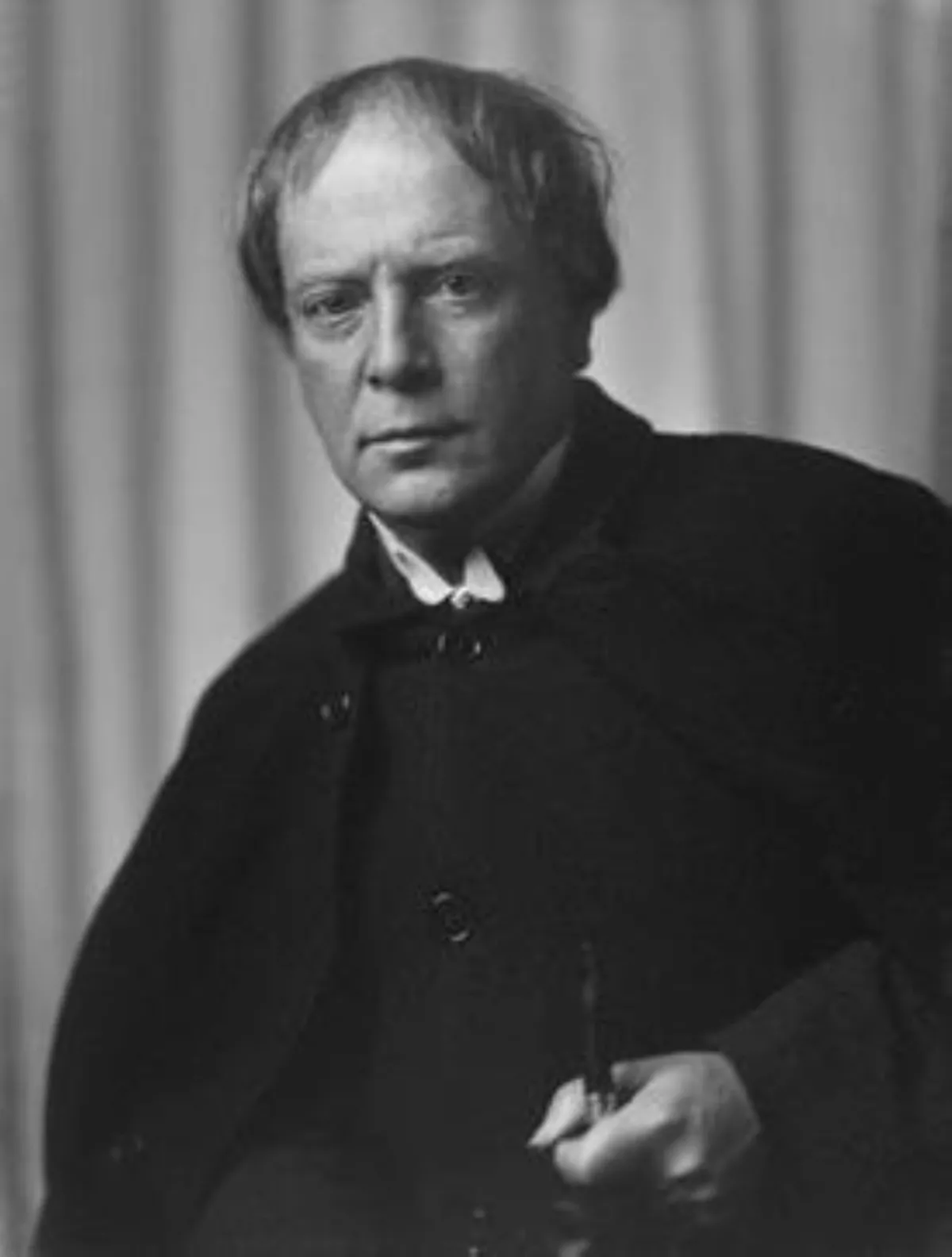 1.
1. Arthur Machen was the pen-name of Arthur Llewellyn Jones, a Welsh author and mystic of the late 19th and early 20th centuries.

 1.
1. Arthur Machen was the pen-name of Arthur Llewellyn Jones, a Welsh author and mystic of the late 19th and early 20th centuries.
Arthur Machen is best known for his influential supernatural, fantasy, and horror fiction.
In 1864, when Arthur Machen was two, his father John Edward Jones, became rector of the parish of Llanddewi Fach with Llandegveth, about five miles north of Caerleon, and Arthur Machen was brought up at the rectory there.
Arthur Machen bought De Quincey's Confessions of an English Opium-Eater at Pontypool Road Railway Station, The Arabian Nights at Hereford Railway Station, and borrowed Don Quixote from Mrs Gwyn, of Llanfrechfa Rectory.
At the age of eleven, Arthur Machen boarded at Hereford Cathedral School, where he received a good education.
Arthur Machen displayed some literary promise and in 1881 published a long poem on the subject of the Eleusinian Mysteries.
Arthur Machen attempted to make a living as a journalist, a publisher's clerk, and a children's tutor, devoting his evenings to writing and solitary walks.
In 1887, the year his father died, Arthur Machen married Amelia Hogg, an unconventional music teacher with a passion for the theatre, who had literary friends in London's bohemian circles.
Around 1890 Arthur Machen began to publish in literary magazines, writing stories influenced by the works of Robert Louis Stevenson, some of which used gothic or fantastic themes.
Arthur Machen next produced The Three Impostors, a novel composed of a number of interwoven tales, in 1895.
Arthur Machen's recovery was further helped by his sudden change of career, becoming an actor in 1901 and a member of Frank Benson's company of travelling players, a profession which took him round the country.
Arthur Machen managed to find a publisher in 1902 for his earlier written work Hieroglyphics, an analysis of the nature of literature, which concluded that true literature must convey "ecstasy".
Arthur Machen published a satirical work, Dr Stiggins: His Views and Principles, generally considered one of his weakest works.
In 1907, The Hill of Dreams, generally considered Arthur Machen's masterpiece, was finally published, though it was not recognized much at the time.
The next few years saw Arthur Machen continue with acting in various companies and with journalistic work, but he was finding it increasingly hard to earn a living and his legacies were long exhausted.
Arthur Machen was attending literary gatherings such as the New Bohemians and the Square Club.
Finally Arthur Machen accepted a full-time journalist's job at Alfred Harmsworth's Evening News in 1910.
Arthur Machen published a series of stories capitalizing on this success, most of which were morale-boosting propaganda, but the most notable, "The Great Return" and the novella The Terror, were more accomplished.
Arthur Machen published a series of autobiographical articles during the war, later reprinted in book form as Far Off Things.
In general, though, Arthur Machen thoroughly disliked work at the newspaper, and it was only the need to earn money for his family which kept him at it.
Arthur Machen was recognized as a great Fleet Street character by his contemporaries, and he remained in demand as an essay writer for much of the twenties.
Arthur Machen's works had now found a new audience and publishers in the United States, and a series of requests for republications of books started to come in.
Arthur Machen loved the medieval worldview because he felt it manifested deep spirituality alongside a rambunctious earthiness.
Arthur Machen was a great enthusiast for literature that expressed the "rapture, beauty, adoration, wonder, awe, mystery, sense of the unknown, desire for the unknown" that he summed up in the word ecstasy.
Arthur Machen's main passions were for writers and writing he felt achieved this, an idiosyncratic list which included the Mabinogion and other medieval romances, Francois Rabelais, Miguel de Cervantes, William Shakespeare, Samuel Johnson, Thomas de Quincey, Charles Dickens, Arthur Conan Doyle, Edgar Allan Poe, and Robert Louis Stevenson.
Arthur Machen was deeply suspicious of science, materialism, commerce, and Puritanism, all of which were anathema to Machen's conservative, bohemian, mystical, and ritualistic temperament.
Arthur Machen, brought up as the son of a Church of England clergyman, always held Christian beliefs, though accompanied by a fascination with sensual mysticism; his interests in paganism and the occult were especially prominent in his earliest works.
Arthur Machen was always very down-to-earth, requiring substantial proof that a supernatural event had occurred, and was thus highly sceptical of Spiritualism.
Arthur Machen is usually noted in the better studies of Anglo-Welsh literature.
Historian of fantastic literature Brian Stableford has suggested that Arthur Machen "was the first writer of authentically modern horror stories, and his best works must still be reckoned among the finest products of the genre".
Arthur Machen was a major influence on Paul Bowles and Javier Marias, the latter of whom dedicated a subplot of his 1989 novel All Souls to collecting the works of Machen and his circle of peers.
Arthur Machen was one of the most significant figures in the life of the Poet Laureate Sir John Betjeman, who attributed to Machen his conversion to High Church Anglicanism, an important part of his philosophy and poetry.
Sylvia Townsend Warner admired Arthur Machen and was influenced by him, as is his great-granddaughter, the contemporary artist Tessa Farmer.
Arthur Machen was a pioneer in psychogeography, due to his interest in the interconnection between landscape and the mind.
Aleister Crowley loved Arthur Machen's works, feeling they contained "Magickal" truth, and put them on the reading list for his students, though Arthur Machen, who never met him, detested Crowley.
An Arthur Machen Society was established in 1948 in the United States and survived until the 1960s.
The Friends of Arthur Machen is a non-profit international literary society founded in 1998 dedicated to supporting interest in Arthur Machen and his work, and to aid research.